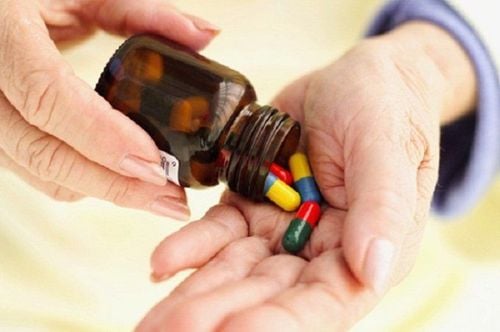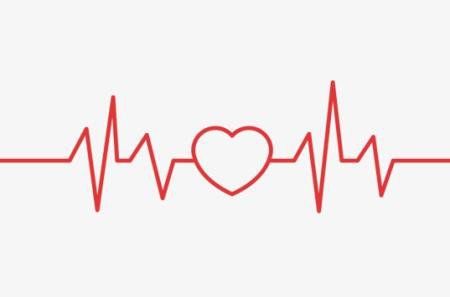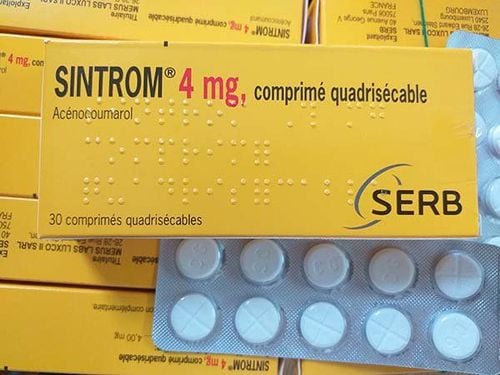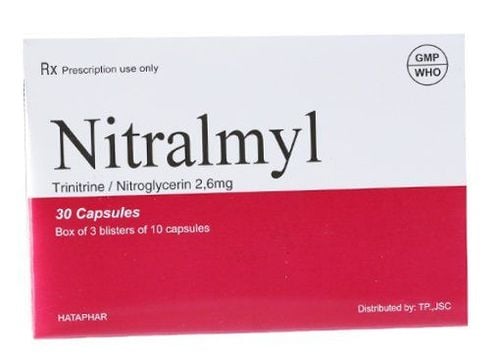This is an automatically translated article.
The article is professionally consulted by Cardiologist - Department of Examination & Internal Medicine - Vinmec Phu Quoc International General HospitalBradycardia is one of the most common diseases in the group of cardiovascular diseases.
1. What is bradycardia?
1.1. General understanding of cardiac arrhythmias The heart has a system that initiates and propagates electrical impulses to all areas of the heart muscle. The sinus node, which controls the normal rhythm of the heart, is located in the right atrium. The sinus node sends out electrical impulses that spread to the entire heart, thereby directing the activity of the heart. When the sinus node sends out abnormal electrical impulses, it causes arrhythmias, the most common being bradycardia.1.2. Bradycardia Arrhythmia Bradycardia is a disease related to the functioning of the heart. When electrical impulses work abnormally, resulting in frequency disturbances, the heart beats irregularly, sometimes fast, sometimes slow. Heart rate is considered brady when the heart rate is less than 60 beats/min. According to a study by the medical faculty of Baroda Medical College of Sir Sayaji General Hospital in India, the rate of this disease in men is 70%, in women it is 30%.

Bệnh rối loạn nhịp tim chậm
2. Diagnosis of bradycardia arrhythmia
Doctors based on the description of symptoms, physical examination combined with electrocardiogram results to check the functioning of the heart to make a preliminary diagnosis. Then use the following more specialized equipment and methods to diagnose bradycardia:A holter is a portable device worn for a few days to monitor heart activity. Electrocardiogram: This device is implanted under the skin to detect irregularities of the heart rhythm. Echocardiogram: A device used to give images of the structure and size of the heart-walls of the heart, the movements of the heart. In addition, doctors also perform other intensive methods such as doing some tests, stress testing...

Thiết bị chuyên sâu để chẩn đoán bệnh rối loạn nhịp tim chậm
3. How to treat bradycardia
When bradycardia can't find a cause or can't be corrected with medicine, doctors treat the disease by attaching a pacemaker in combination with prescription drugs.Pacemakers are of two types: Wired Pacemakers and Wireless Pacemakers. A wired pacemaker is implanted near the collarbone, while a wireless pacemaker is attached directly to the heart. The pacemaker adjusts the heart rate with electrical impulses according to a set frequency that is suitable for the patient's health condition.
For patients at risk of arrhythmias developing dangerously, possibly cardiac arrest and death, the physician may recommend a defibrillator. Defibrillators implanted under the skin are small devices that are placed in the chest to monitor the heart rhythm, to detect abnormal rhythms and to deliver electric shocks to the heart to help it beat normally again. They can reduce the risk of sudden death for heart failure or people who have had a heart attack and have an ejection fraction less than 35%. Treatment with a defibrillator reduces the chance of fatal complications. Following implantation procedures, patients stay in the hospital for one to two days to monitor for complications following the implantation of the device.
In addition to the above treatment methods, it is necessary to create a healthy, active lifestyle to always have a healthy heart. It is necessary to have a healthy lifestyle such as: eat a lot of vegetables, drink enough water, limit fried foods. , lots of fat, lots of salt... Do not smoke, limit drinking alcohol and beer; exercise 30-45 minutes per day, 3-5 days per week; sleep 6-8 hours a day.

Trái tim khỏe mạnh sẽ giúp người bệnh có cuộc sống chất lượng
Please dial HOTLINE for more information or register for an appointment HERE. Download MyVinmec app to make appointments faster and to manage your bookings easily.













